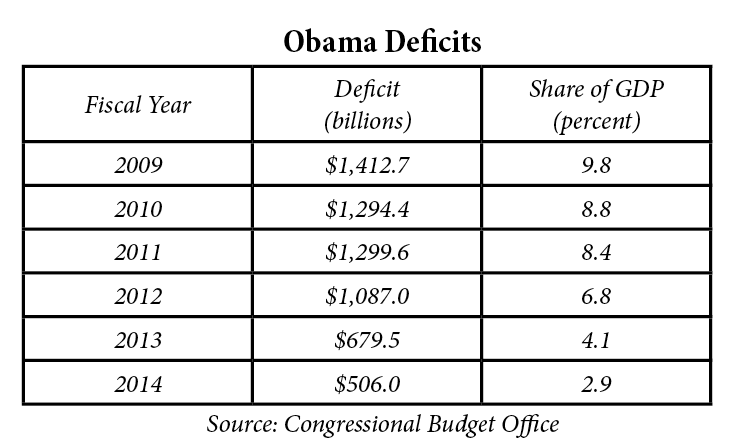
Over at the Columbia University Press Blog, an interview with Herve This on his new book:
Question: How does note-by-note cooking differ from molecular gastronomy?
Herve This: Molecular gastronomy is a scientific activity, not to be confused with molecular cooking. Indeed, molecular gastronomy, being science, has nothing to do with cooking. In other words, science is not about making dishes. Science looks for the mechanism of phenomena. That’s all. And technology uses the results of science to improve technique. So, note-by-note cooking is a technique.
Another question could be, how is note-by-note cooking different from molecular cooking? And here the answer would be that the definition of molecular cooking is “to cook using modern tools” (such as siphons, liquid nitrogen, etc.). But you still use meat, vegetables, etc. However, with note-by-note cooking, the instruments are not important, and the big revolution is to cook with pure compounds, instead of meat, vegetables, fruits, eggs, etc.
Q: Where does the name Note-by-Note Cooking come from?
HT: In 1999, when I introduced the name “molecular cooking,” I was upset, because it was a bad choice, which had to be made for many complex reasons. Unfortunately, people now confuse molecular gastronomy and molecular cooking. So, For note-by-note cooking, I wanted a name that could appeal to artists and it’s fair to say that note-by-note cooking is comparable to a term such as electro-acoustic music.
Q: Won’t not-by-note cooking produce artificial forms of food?
HT: Yes, but all food is “artificial”! Do you think that barbecue meat hangs “naturally” on the trees of the wild forest? Or that French fries appear suddenly from potatoes? No, you need a cook, to make them. In ordinary language, “natural” means “what was not transformed by human beings”, and “artificial” means that it was transformed, it was the result of human “art”.
More here.
David L. Ulin at The LA Times:

